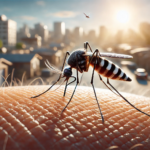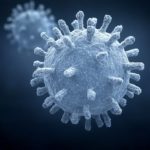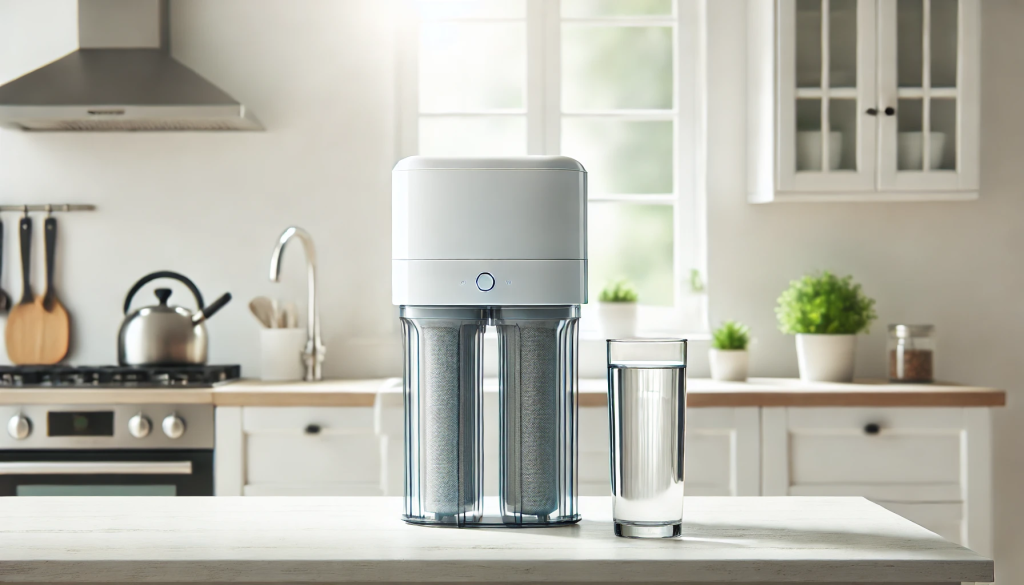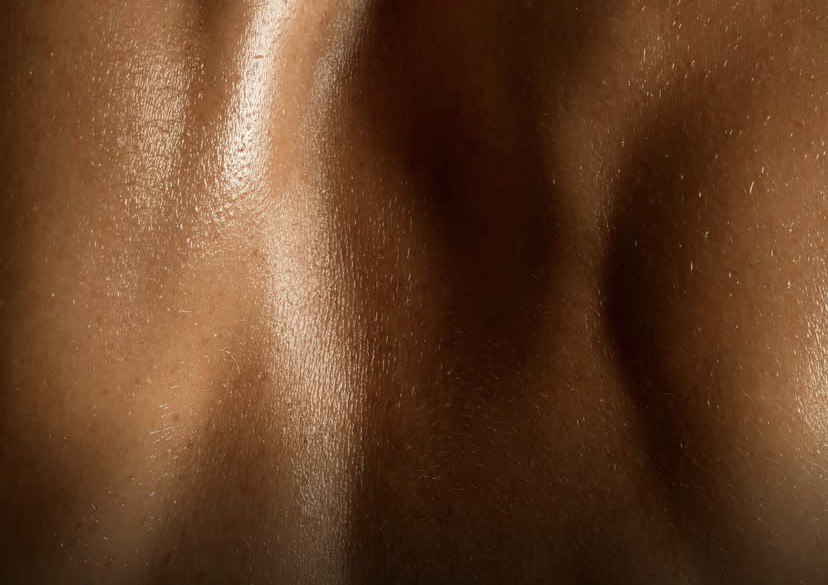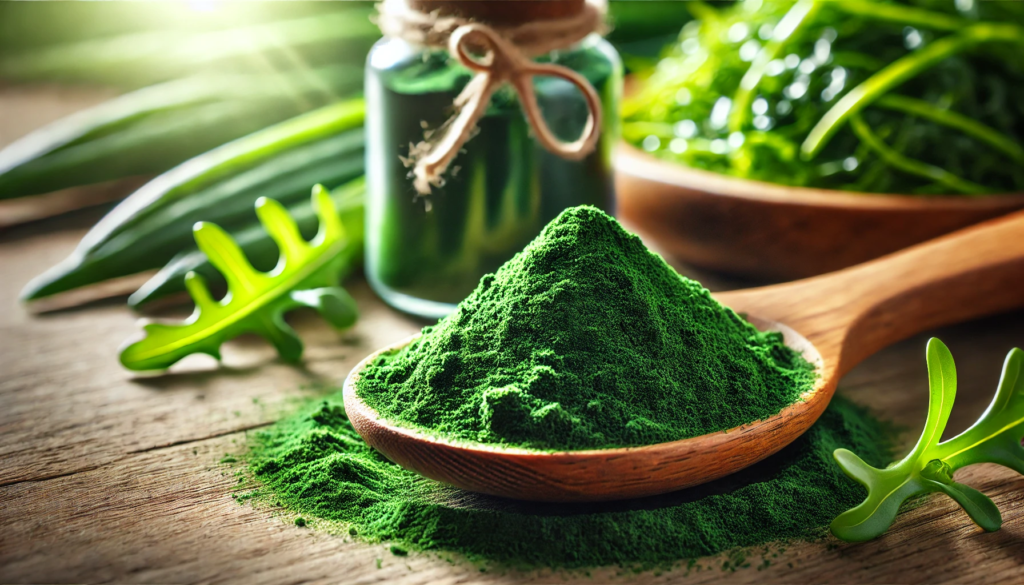In a world where microplastic pollution is infiltrating everything from our oceans to our bodies, one question is becoming increasingly urgent: How can we remove microplastics from drinking water? Every sip we take might contain thousands of tiny plastic particles, with studies estimating that the average person consumes up to 5 grams of plastic every week—the equivalent of a credit card.
So, what can we do to protect ourselves? Filtration is the key. Scientists and engineers have developed several cutting-edge water purification technologies designed to eliminate microplastics from tap water, bottled water, and even natural sources. In this article, we’ll explore the most effective methods of microplastic filtration, how they work, and which solution is best for your home.
Why Is Microplastic Removal So Important? The Science Behind the Crisis
Microplastics are now a global health threat, found in bottled water, tap water, and even rainwater. Scientists warn that these tiny plastic particles may contribute to hormonal imbalances, inflammation, and even cancer.
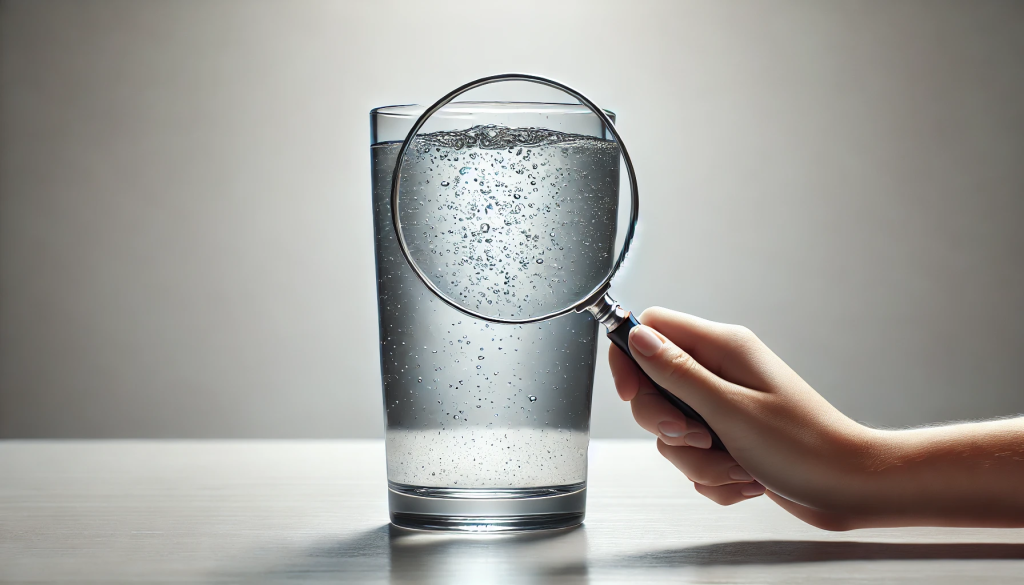
Microplastics in Our Water: The Facts
📌 A 2018 study by Orb Media found microplastics in 93% of bottled water samples from 11 major brands worldwide.
📌 A 2017 University of Minnesota study revealed that 83% of tap water samples contained plastic particles, with the U.S. having the highest contamination levels.
📌 A 2020 study from the University of Utah detected microplastics in rainwater, confirming their presence in the air we breathe.
💡 What this means: No matter where you live, you’re likely consuming microplastics daily through drinking water.
The Health Risks: What Science Says
🔬 Microplastics in Human Blood & Organs
🩸 A 2022 study in Environment International found 77% of people had microplastics in their blood.
🧠 A 2023 University of Vienna study detected plastic particles in human brain tissue, raising concerns about Alzheimer’s and Parkinson’s risks.
📌 Microplastics in the Gut: A 2021 study in Environmental Science & Technology showed that plastic particles damage gut cells, potentially leading to leaky gut syndrome and autoimmune diseases.
📌 Microplastics & Cancer: A 2022 study in The Journal of Hazardous Materials found that microplastics cause oxidative stress and DNA damage, which can trigger cancer.
💡 The takeaway: These plastics are not just ingested—they are absorbed, traveling to vital organs and potentially causing long-term harm.
No Government Regulations = No Protection
Unlike bacteria or heavy metals, microplastics aren’t regulated in drinking water.
🚰 The U.S. EPA has no specific guidelines for microplastic contamination.
🇪🇺 The EU is still studying the issue, with no firm restrictions.
🌍 The WHO acknowledges the risk but lacks an official policy.
💡 What this means: Until stricter regulations are in place, it’s up to individuals to protect themselves by using water filtration methods.
The Plastic Crisis Is Growing Fast
🔹 14 million tons of plastic are dumped into the ocean every year (UN Report, 2023).
🔹 100% of tested seafood contains microplastics (Nature Communications, 2022).
🔹 Humans now consume up to 5 grams of plastic per week—equal to a credit card.
📈 Projected Consumption Growth:
| Year | Plastic Consumed Per Person | Equivalent Object |
|---|---|---|
| 2015 | 1.5g per week | Half a credit card |
| 2022 | 5g per week | One full credit card |
| 2025 (Projected) | 7g per week | A small plastic bag |
💡 The takeaway: Without serious intervention, plastic consumption will only increase, making water filtration even more critical.
The Solution: Filter Your Water Now
✅ Reverse Osmosis Filters – Remove 99% of microplastics and heavy metals.
✅ Carbon Block Filters – Capture microplastics while improving taste & odor.
✅ Nanofiltration Systems – Ultra-fine filters that block even the smallest plastic particles.
💧 Final Thought: With no global regulations and plastic pollution increasing, the best way to protect yourself is by filtering your water. Your health depends on it. 🚰
The Most Effective Water Filtration Methods for Removing Microplastics
1. Reverse Osmosis (RO) Filtration: The Gold Standard
✅ Removes up to 99.9% of microplastics
✅ Also filters out heavy metals, bacteria, and viruses
✅ Best option for household use
Reverse osmosis is one of the most powerful water filtration methods available. It works by forcing water through a semi-permeable membrane that traps contaminants, including microplastics as small as 0.001 microns.
Best for: Whole-home systems or countertop units for drinking water purification.
💡 Example product: Home Master TMAFC-ERP Reverse Osmosis System
2. Nanofiltration: Advanced Purification
✅ Filters particles as small as 0.001 microns
✅ Removes pesticides, pharmaceuticals, and bacteria
✅ Uses less energy than reverse osmosis
Nanofiltration is similar to reverse osmosis but more energy-efficient. It can remove most microplastics, heavy metals, and chemical contaminants, while still allowing beneficial minerals to remain.
Best for: Households looking for a balance between efficiency and filtration power.
💡 Example product: Pentair FreshPoint 5-Stage Filtration System
3. Activated Carbon Filters: Affordable and Accessible
✅ Removes larger microplastic particles (above 1 micron)
✅ Reduces chlorine, VOCs, and bad taste
✅ More affordable than RO and nanofiltration
Activated carbon filters use adsorption to trap contaminants, including microplastics larger than 1 micron. While they won’t filter out the smallest plastic particles, they are a great budget-friendly solution.
Best for: Entry-level water filtration and improving water taste.
💡 Example product: Brita Elite Water Filter Pitcher
4. Ultrafiltration (UF): High-Efficiency Filtration
✅ Removes microplastics down to 0.02 microns
✅ Doesn’t require electricity
✅ Can be used in gravity-fed systems
Ultrafiltration (UF) uses hollow fiber membranes to trap contaminants without removing essential minerals. It’s often used in portable and emergency water purification systems.
Best for: Camping, emergency preparedness, and off-grid living.
💡 Example product: LifeStraw Home Pitcher
5. Distillation: The Purest Water Possible
✅ Removes nearly all contaminants, including microplastics
✅ Works without filters (just heat and condensation)
✅ Ideal for producing ultrapure water
Distillation is one of the oldest and most effective purification methods. Water is heated into steam, leaving behind all impurities—including microplastics—and then condensed back into liquid. However, it’s not the most energy-efficient solution.
Best for: People who need 100% pure water for medical or laboratory use.
💡 Example product: CO-Z Distiller
Which Water Filtration System Is Best for You?
| Filtration Method | Microplastic Removal Rate | Additional Benefits | Best For | Example Product |
|---|---|---|---|---|
| Reverse Osmosis (RO) | 99.9% | Removes heavy metals, bacteria, and viruses | Whole-home & countertop use | Home Master RO System |
| Nanofiltration | 99% | Filters out pharmaceuticals and pesticides | Home filtration systems | Pentair FreshPoint |
| Activated Carbon | 90% (larger microplastics) | Improves taste, reduces chlorine | Budget-friendly option | Brita Elite Pitcher |
| Ultrafiltration (UF) | 95% | Works without electricity | Camping & emergency use | LifeStraw Home Pitcher |
| Distillation | 99.9% | Removes all contaminants | Laboratory & medical use | CO-Z Distiller |
Additional Ways to Reduce Microplastic Exposure
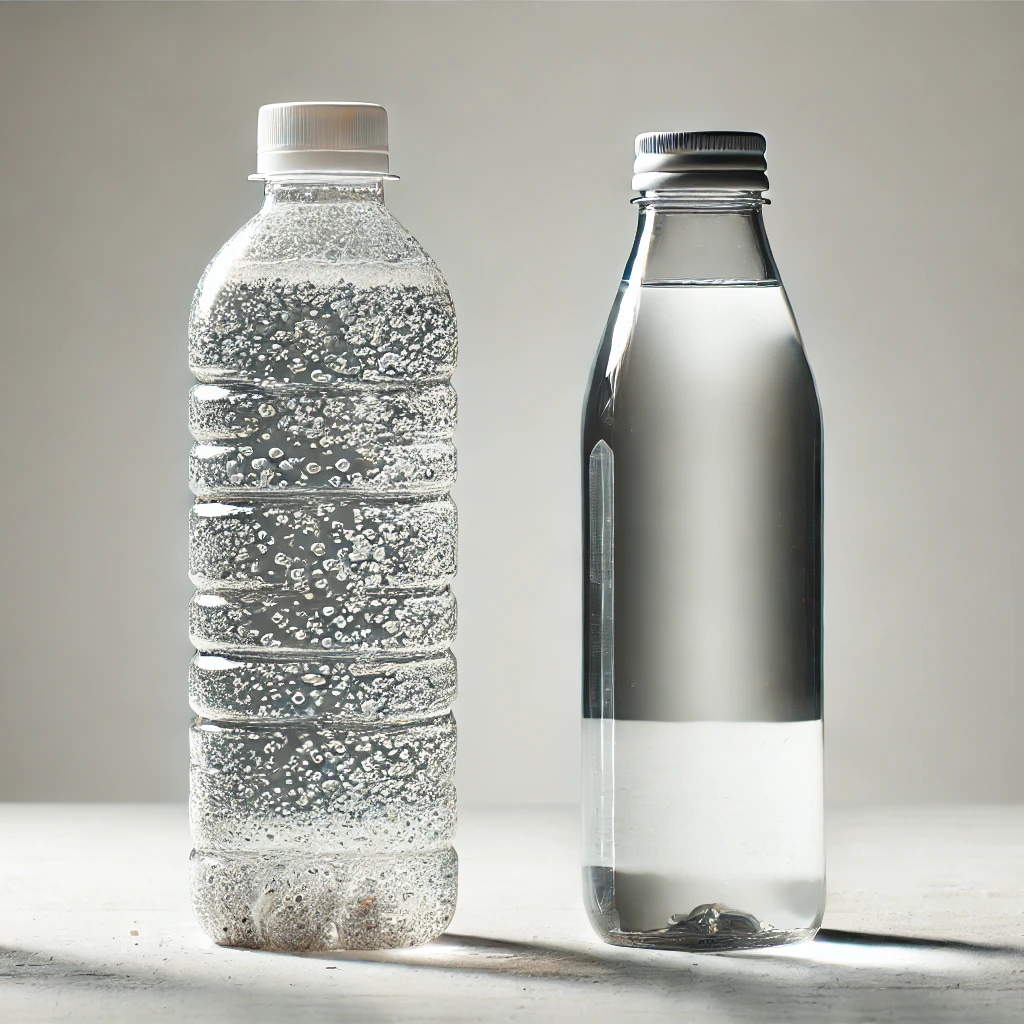
💧 Avoid bottled water – Studies show that bottled water contains twice as much microplastic as tap water.
🍽️ Use glass or stainless steel containers – Storing water in plastic can lead to chemical leaching over time.
🌊 Choose eco-friendly water sources – Fresh spring water and filtered rainwater often have fewer microplastics than city water supplies.
🔄 Change filters regularly – Old filters can become clogged, reducing their effectiveness at removing contaminants.
🚰 Boiling does NOT remove microplastics – Unlike bacteria or viruses, plastic particles do not break down at boiling temperatures.
Final Thoughts: Is Your Water Safe?
Microplastic contamination is a growing global health crisis, and while governments debate new regulations, the best way to protect yourself is through advanced water filtration. Whether you opt for reverse osmosis, nanofiltration, or activated carbon, investing in a high-quality filtration system can significantly reduce your exposure to plastic particles.
🔹 The good news? You don’t have to wait for policy changes—you can take control of your health today.
🔹 The bad news? Microplastics are only one part of the pollution problem.
By making small but impactful changes, like filtering your water, reducing plastic waste, and spreading awareness, you can help create a healthier, cleaner future.


